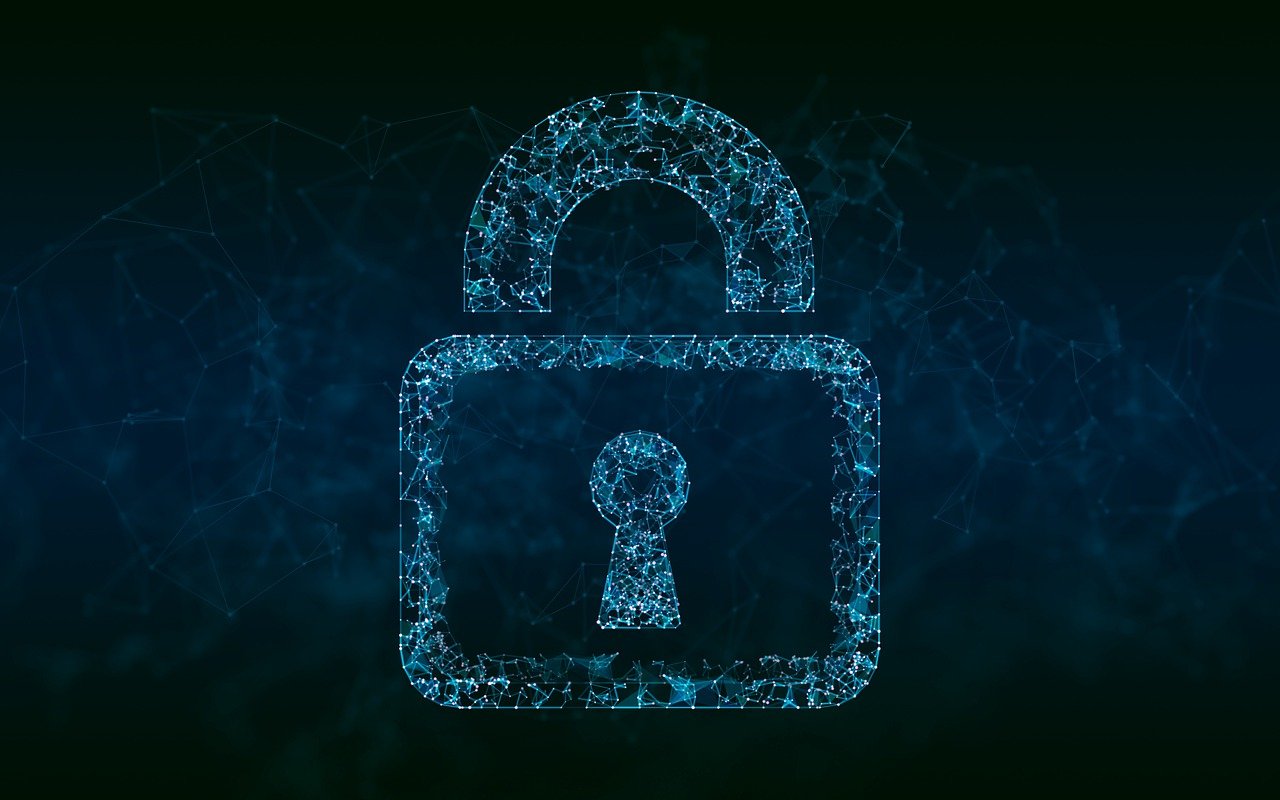· 4 min read
What is Data Interception and Theft? Definition and Meaning
Learn about data interception and how to prevent it.

In an era dominated by digital communication and data transfer, ensuring the security and privacy of information has become paramount. Yet, despite advancements in cybersecurity, one of the persistent threats faced by individuals and organizations alike is data interception and theft. Understanding these concepts is crucial for developing effective strategies to protect sensitive information from falling into the wrong hands.
Definition of Data Interception
Data interception refers to the unauthorized act of capturing or accessing data as it travels over a network. This can occur during any data exchange, whether it’s an email being sent, files being transferred, or any form of electronic communication. Typically, data interception is performed by exploiting network vulnerabilities, thereby gaining access to the data being transmitted.
Interception can be passive or active. Passive interception is akin to eavesdropping, where the intercepted data is analyzed without altering its flow. Active interception, on the other hand, may involve modifications to the data stream, such as altering the data, injecting malicious code, or rerouting the communication to illicitly gain sensitive information.
For example, consider using public Wi-Fi at an airport. In a passive interception scenario, an attacker might quietly monitor the unencrypted traffic flowing through the network, capturing details like websites visited, login credentials typed into non-secure sites, or even email content without the user noticing any disruption. This type of attack is particularly dangerous because it leaves no immediate signs of compromise. In contrast, active interception at the airport Wi-Fi could involve the attacker setting up a rogue access point that mimics the legitimate network. Once unsuspecting travelers connect, the attacker could manipulate the data stream, such as injecting malware into file downloads, redirecting users to counterfeit banking websites, or altering the content of communications to trick them into revealing sensitive information. This makes active interception not only stealthy but also more directly harmful, as it manipulates trust in real-time to exploit the victim.
Definition of Data Theft
Data theft, sometimes referred to as data exfiltration, involves the unauthorized copying, transfer, or retrieval of data from a computer or server. Unlike data interception, which can be a preparatory step, data theft entails the actual extraction and acquisition of data. This act is often financially motivated, with cybercriminals targeting personal identification information, corporate secrets, financial data, and more.
Data theft can occur through various methods, such as hacking into networks, deploying malware, exploiting system vulnerabilities, or even through social engineering tactics like phishing, where victims are tricked into providing access to their data.
Methods and Risks
The methods employed for data interception and theft are continually evolving as cybercriminals adapt to new security measures. Common techniques include:
Man-in-the-Middle (MitM) Attacks: An attacker secretly intercepts and relays messages between two parties who believe they are directly communicating with each other.
Packet Sniffing: Attackers use software to monitor and capture data packets traveling across a network.
Phishing Attacks: Deceptive communication, often via email, is used to trick individuals into revealing sensitive information.
Malware: Malicious software like keyloggers or spyware is installed on a device to capture data without the user’s knowledge.
The risks associated with data interception and theft are significant. For individuals, data theft can lead to identity fraud, financial loss, and breaches of personal privacy. Organizations, meanwhile, may suffer damage to their reputation, financial losses, legal repercussions, and the potential compromise of trade secrets or intellectual property.
Preventive Measures
Preventing data interception and theft requires a multi-faceted approach involving technological solutions, user education, and policy development. Key preventive measures include:
Encryption: Utilizing strong encryption protocols ensures that intercepted data remains unreadable to unauthorized parties.
Secure Networks: Implementing secure network configurations, such as using Virtual Private Networks (VPNs) and secure Wi-Fi settings.
Regular Software Updates: Keeping systems and applications updated to protect against vulnerabilities and exploits.
User Education: Providing training on recognizing phishing attacks and safe internet practices.
Access Controls: Implementing strict access controls and authentication methods to ensure that only authorized individuals can access sensitive data.
In conclusion, while data interception and theft are formidable challenges in the digital age, understanding these threats and employing robust security strategies can significantly reduce their impact. As technology continues to advance, so must our efforts to safeguard the integrity and confidentiality of our valuable data.

